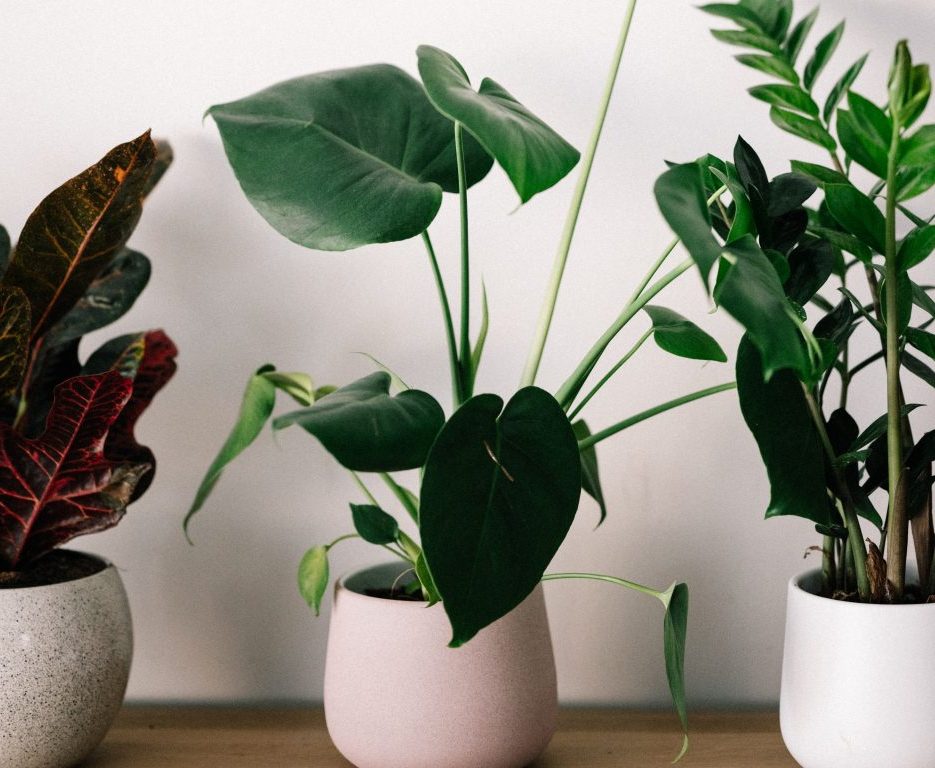How to Use Indoor Plants in Modern Interior Design?
Plants have been part of home decor for centuries. Every interior design style that you take – be it traditional Scandinavian or contemporary minimalist – they have plants in common.
Coming to modern interior design, it is a representation of a style followed since the dawn of the 19th century and to date. The trend came as a reaction to the classic design concepts of overly gaudy interiors that gave undue prominence to artificial elements and embellishments.
The modern interior design approach oscillates between simplicity and functionality. As you can see, everything in a modern home setting is kept to a minimum to serve a specific purpose – even the houseplants.
Indoor plant design for a modern home focuses mainly on optimising the space for enhancing the aesthetic appeal, without overdoing it.
More than a decorative feature, plants serve as a focal point and sometimes, act as an umbilical link to establish a connection with nature outside.
How to design your modern home with indoor plants
Even if it is a planter, anything extra added to a modern decor can upset its balance because a modern design toes the line of minimalism. Therefore, if you’re looking to integrate houseplants into your living space, it makes sense to devote some attention to:
Finding the right space:
Walk around in your house and identify the areas that you think when enhanced with a houseplant will complement your design. Then, ascertain the light levels of each spot before picking the plants.
Choosing the right plant:
Do some research on what plants will best fit where. There will be spots that are moist, draughty, with low, medium, and high light conditions. Select your plants accordingly. Meanwhile, if you have a plant in mind, check whether their requirements meet your room conditions and lifestyle before you head to buy them.
Indoor plants to consider in a modern design
Houseplants come in a variety of species, shapes and sizes. But choosing the one that can tie the design together can be hard. It is even harder today with the addition of artificial plants and preserved plant varieties to the list.
As for a modern setting, which underpins the use of primary colours, adding flowering plants with blue, yellow or red blooms such as Anthurium can easily help you create a cohesive look.
Adding live indoor plants can echo the life and vigour of nature in your home, helping you achieve your biophilic design aspirations. But, managing them and tending to their needs can be a little overwhelming. On the other hand, their inanimate counterparts are easier to maintain. Our real-feel feature plants can easily tolerate neglect and hence are the best option for black thumbs.
Interior plant design classifies houseplants into two broad categories: large and small. Large plants are statement pieces that can singly command attention such as our Ficus Amstel Queen. Though vacant spaces are design elements in modern interiors, adding one or two large plants will only enhance their beauty. Place them in an empty corner or near the pillar, they can impart a charming look to your space.
Smaller plant varieties come in many options; depending on their width and height you can choose what to go where. Shorter ones like our Succulent Group will sit comfortably on side tables, shelves and mantles without disturbing the character of your room while the bigger ones such as Asplinium need more space. Therefore, allow them to neatly rest on window sills waving their leaves with the wind. Smaller plants are generally easy to care for.
Remember, plant pots are equally important. Not every pattern might work in a modern home except for the industrial or natural types. So, go for metallic planters or polystone varieties.
Sustainable interior design with indoor plants
Sustainability can easily be achieved with houseplants. As modern interior design focuses on functionality, being extra thoughtful in choosing your plant will make a difference. Indoor plants can be used as an ecologically viable alternative to energy-reliant appliances. For example, plants like Sansevieria Trifasciata and Areca Palm can help reduce indoor air pollution and control room temperature. Houseplants perform a lot of other functions too like acting as a stress reliever and a noise insulation mechanism. All this will not only contribute to creating a healthy living space but also help you save money on energy bills in the long run.
Verdict
To retain its signature style in a modern design, everything has to be used in moderation without cluttering the space; so, stuffing is not allowed – even if it is a houseplant. If you are not sure about what type of plant to choose for your design or how to use indoor plants to match your interior design, consult interior plant design service experts.


